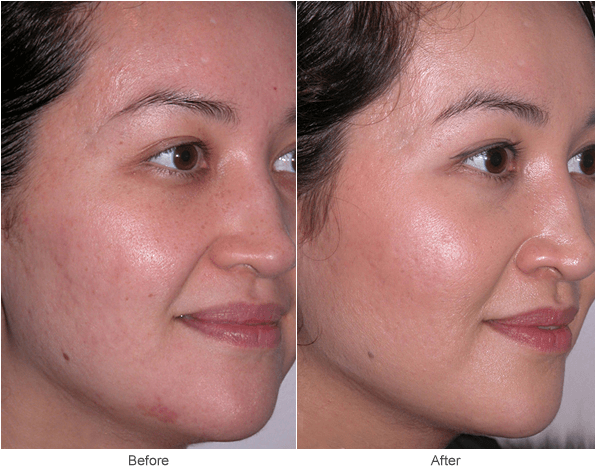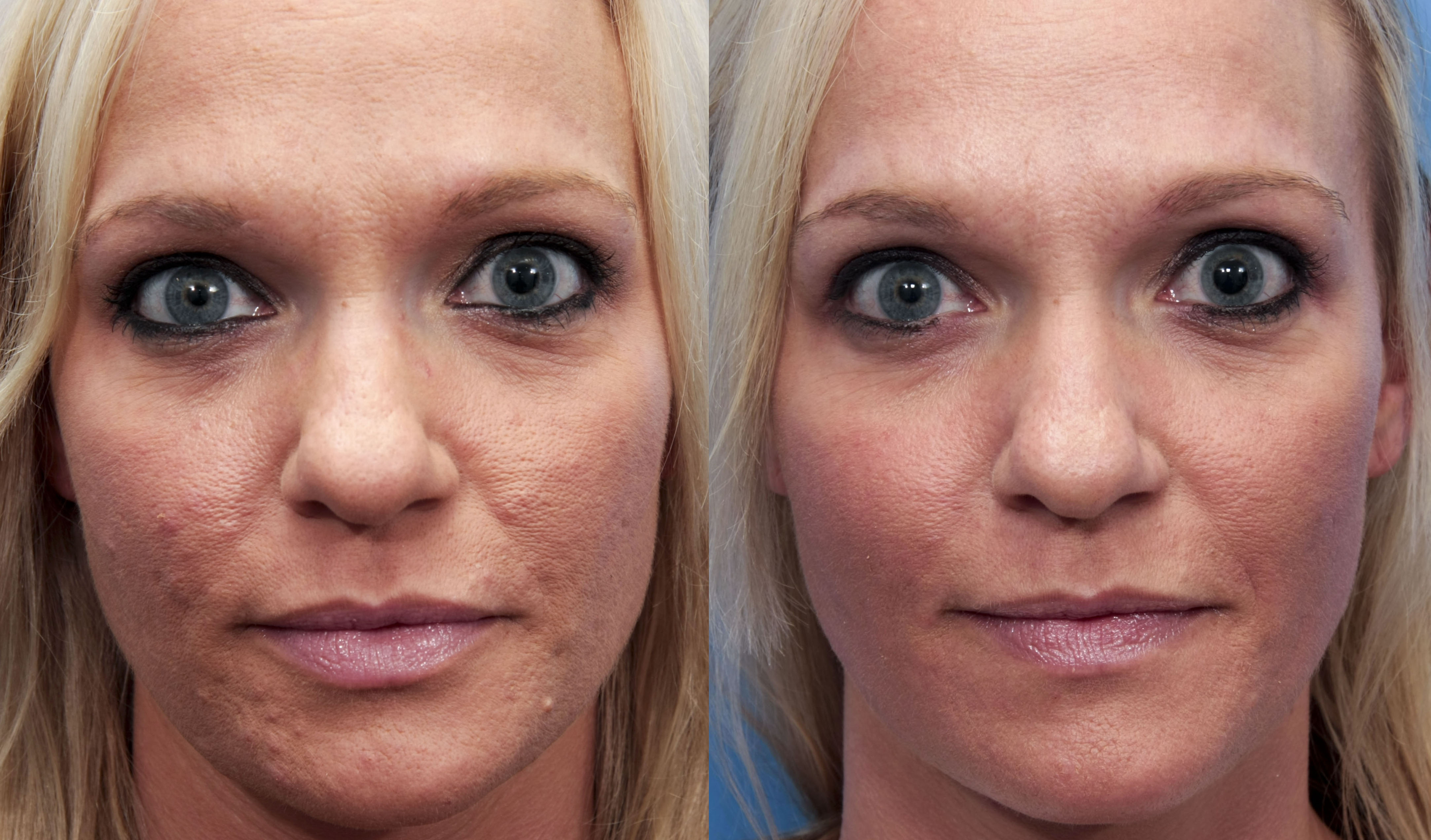Checking Out Skin Disease: Recognizing and Dealing With Acne Scars for Healthier Skin
Acne marks represent a significant concern for individuals seeking to maintain healthy and balanced skin, as they can affect both appearance and self-worth. Recognizing the different kinds of marks, from atrophic to hypertrophic, is necessary for figuring out suitable treatment alternatives. While expert treatments like chemical peels and microneedling can be efficient, the significance of individualized treatment plans can not be overemphasized. Preventative measures play a crucial function in minimizing future scarring. As we discover these aspects, one have to think about how the ideal method can lead to transformative outcomes.
Comprehending Acne Scars
Comprehending acne scars is vital for anybody who has experienced extreme acne, as these marks can have a long-term influence on both physical look and mental well-being. When the skin undergoes inflammatory actions during active acne sores, acne scars develop. The extent of scarring is often influenced by variables such as the kind of acne, its duration, and private skin features.
The body's all-natural recovery process can result in either atrophic marks, which show up as clinical depressions in the skin, or hypertrophic marks, which are increased and arise from overflow of collagen. Additionally, the psychological toll of acne marks must not be underestimated; lots of individuals report feelings of humiliation, anxiousness, and decreased self-confidence. This emotional burden can affect social interactions and overall lifestyle.
Resolving acne marks requires an extensive understanding of their formation and effect. Understanding of the capacity for lasting repercussions connected with unattended marks can motivate individuals to look for ideal therapies. Early intervention and effective administration methods can significantly improve skin look and enhance psychological durability, stressing the importance of comprehending the intricacies bordering acne marks.
Kinds Of Acne Marks
Acne marks can be categorized into unique types, each exhibiting unique qualities and needing details therapy techniques. The primary types of acne marks consist of atrophic, hypertrophic, and keloid marks.

Hypertrophic marks, on the other hand, are increased over the skin degree and are the result of excessive collagen manufacturing during the recovery procedure. They commonly remain within the limits of the original acne lesion. Keloid marks are similar however expand past the original injury site, developing larger, increased areas that can be itchy or agonizing.
Understanding these kinds of marks is important for selecting appropriate treatment choices. Various marks might respond better to specific treatments, such as laser therapies, fillers, or medical interventions, stressing the value of a tailored strategy to acne scar management.
Determining Your Scars
When reviewing the appearance of your skin, it is crucial to accurately identify the kind of scars present, as this will notify the most efficient treatment strategy. Acne marks usually fall right into 2 classifications: hypertrophic and atrophic scars. Atrophic scars, which are one of the most typical, appear as anxieties or imprints on the skin. These can additionally be identified into ice-pick scars, boxcar marks, and rolling scars, each showing unique qualities and needing different approaches for assessment.
Hypertrophic marks, on the various other hand, are raised and take place due to too much collagen production throughout the go recovery process. Identifying the specific features of your scars-- such as width, depth, and texture-- is essential for proper recognition. Additionally, take into consideration the distribution of marks throughout your skin, as this can indicate the extent and period of the acne problem.
Engaging with a skin doctor can give beneficial understandings right into the nature of your marks, helping in the differentiation between different types. A complete understanding of your scars will ultimately lead to a much more tailored and reliable therapy strategy, guaranteeing a clearer and healthier complexion.
Therapy Options Offered
Recognizing the particular sort of acne marks existing on your skin lays the foundation for exploring efficient therapy options. Usual kinds of acne scars include atrophic (depressed), hypertrophic (raised), and post-inflammatory erythema.
For atrophic scars, options such as chemical peels, microneedling, and laser resurfacing are widely made use of. Chemical peels use acids to eliminate the external layer of skin, promoting new cell growth. Microneedling involves tiny needles that develop micro-injuries, stimulating collagen manufacturing. Laser resurfacing targets damaged skin cells, enhancing structure and tone.
Hypertrophic marks can be treated with corticosteroid shots to flatten the scar or laser treatment to lower soreness and boost look. acne treatment for sensitive skin. Silicone gel sheets and pressure dressings may likewise assist in managing increased scars
On top of that, facial fillers can temporarily load in clinical depressions from atrophic scars, while medical excision might be ideal for extreme cases. Each treatment choice has its advantages and considerations, making it necessary to talk to a skin doctor. They can supply visit the website customized recommendations based upon the kind and seriousness of your scars, as well as your skin type and total health and wellness.
Tips for Prevention
Effective prevention strategies can substantially lower the likelihood of developing acne scars. The very first step is to preserve a constant skin care regimen that includes gentle cleansing, peeling, and moisturizing. Making use of non-comedogenic products aids stop blocked pores, which can exacerbate acne. Furthermore, including topical treatments consisting of salicylic acid or benzoyl peroxide can efficiently lessen and manage outbreaks swelling.
Staying clear of need to pop or select acne lesions is important, as this can bring about Homepage much deeper skin damage and enhance the threat of scarring. Instead, think about using a cool compress or non-prescription treatments to reduce swelling and inflammation.
Sunlight defense is an additional important aspect of prevention; ultraviolet (UV) rays can dim scars and hinder the healing process. Applying a broad-spectrum sunscreen with at the very least SPF 30 daily can protect the skin and promote also healing.
Lastly, keeping a balanced diet regimen rich in minerals, vitamins, and anti-oxidants sustains skin health and wellness and healing. Remaining hydrated and managing anxiety degrees can also play a considerable duty in reducing acne flare-ups. By executing these strategies, individuals can dramatically minimize their chances of developing acne scars.

Final Thought
In final thought, understanding and identifying acne scars is important for efficient treatment and attaining healthier skin. Different types of acne marks, including atrophic and hypertrophic marks, require details interventions tailored to individual demands.
The body's all-natural recovery process can result in either atrophic scars, which show up as anxieties in the skin, or hypertrophic scars, which are elevated and result from overproduction of collagen. They are further split right into 3 subtypes: ice choice marks, boxcar scars, and rolling marks. Acne marks generally fall into 2 categories: atrophic and hypertrophic scars. These can better be classified into ice-pick scars, boxcar scars, and rolling scars, each displaying distinctive features and needing different approaches for evaluation.
Different kinds of acne marks, consisting of hypertrophic and atrophic marks, require particular treatments customized to specific requirements.